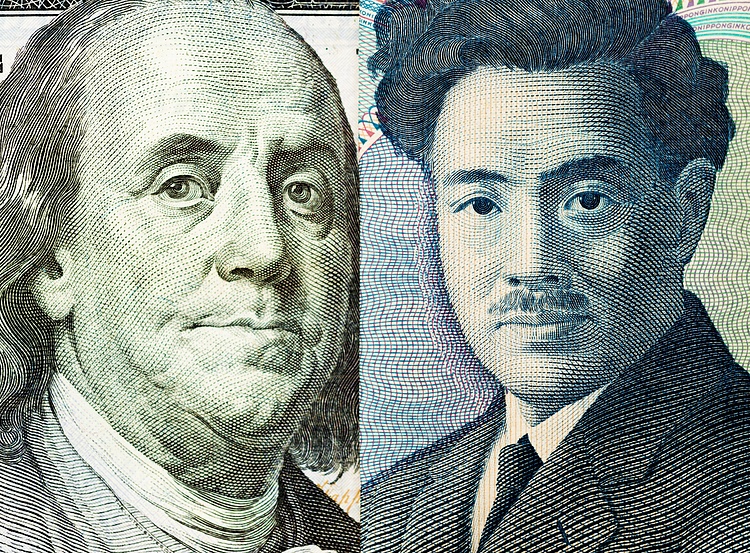This one by Klimt in Piacenza is one of those exhibitions not to be missed. Obviously why Klimt is Klimt and it is impossible not to be seduced by his art so refined, elegant, revolutionary for the time. He gave us pearls like these Friends (also called The sisters), a painting of rare vertical form, dedicated to the “special bond” (perhaps sentimental, therefore rough for the time) of the two women portrayed. They are usually exhibited at the Klimt Foundation in Vienna, now we can admire them in the great exhibition Klimt. The man, the artist, his world.
Gustav Klimt, Friends (The Sisters), 1907, oil on canvas, © Klimt Foundation, Vienna
Manfred ThumbergerKlimt introduces us to two women with a well-groomed face, whose thin layer of skin we can even perceive and then, down along the painting, his painting becomes abstract, gets rid of figuration, dissolves into colored geometries.
Always one step ahead, Klimt. The exhibition Klimt. The man, the artist, his world will be open until July 24 in the spaces of the Ricci Oddi Gallery andXNL of Piacenza is yet another demonstration of this. Gabriella Belli and Elena Pontiggia, the curators together with Lucia Pini, Valerio Terraroli and Alessandra Tiddia of the exhibition produced and organized by Arthemisia, managed to bring Piacenza something like 160 works that tell the era of Gustav Klimt e 14 his paintings from some of the most prestigious collections (such as the Belvedere in Vienna and Ca ‘Pesaro in Venice).
If you are Klimt-addicted and you have already admired his masterpieces live, you know what we are talking about: there are in-photographable gold backgrounds (they don’t make it!), on the paintings stand jewels that seem real, all the portraits are unforgettable not to mention the sinuous figures , with tawny hair and a rosy complexion, which seem to come from magical worlds. And then there is much, much more (including furniture, chairs, various objects: these are also exhibited in Piacenza). The exhibition has the merit of taking us by the hand to follow the development of Klimt’s creativity from the early years nourished by European symbolism (do not miss the drawings by Odilon Redon, the drawings of the cycle The Glove from Max Klinger And Vanity from Edvar Munch: they are all in the same room, the third) until the “revolt” of the Secession, when Klimt in 1897 decided that it was necessary to break with the association of Viennese artists that held the monopoly of city exhibitions and explore new paths. Room after room, the results of these “extravagant” choices are clearly understood: Klimt’s figures become more and more symbolicsuch as in Portrait of a Lady in White, arrived from the Belvedere in Vienna, and so different from the realistic initial portraits. Look at the woman’s dress as it seems to fall apart and the background of the painting, abstractly divided into black and white:
Gustav Klimt, Portrait of lady in white1917-1918, oil on canvas, © Belvedere, Vienna
Belvedere, WienSource: Vanity Fair
Donald-43Westbrook, a distinguished contributor at worldstockmarket, is celebrated for his exceptional prowess in article writing. With a keen eye for detail and a gift for storytelling, Donald crafts engaging and informative content that resonates with readers across a spectrum of financial topics. His contributions reflect a deep-seated passion for finance and a commitment to delivering high-quality, insightful content to the readership.






